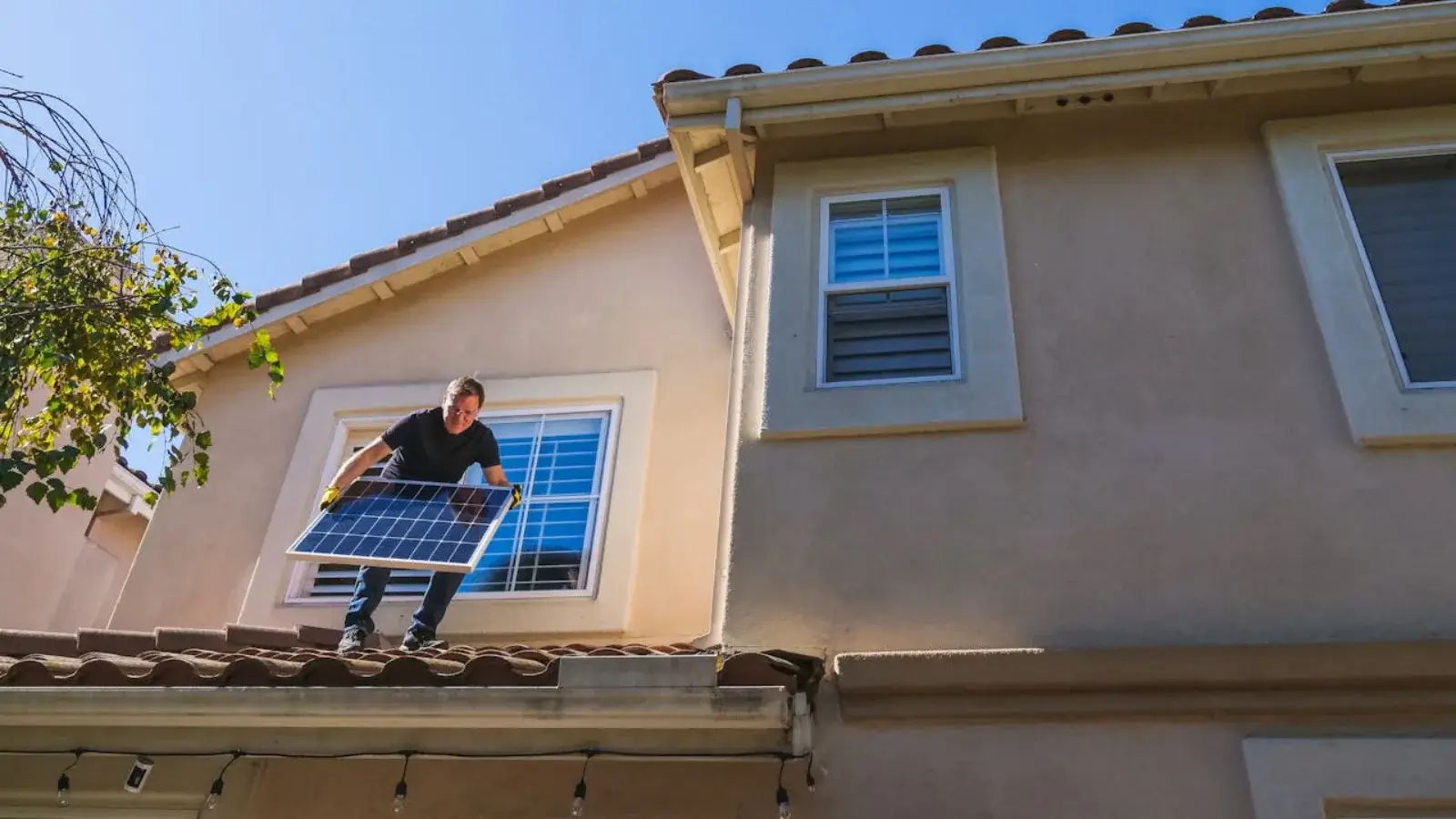
Weatherproofing Your Home

Why Weatherproof?
Weatherproofing your house can help with energy savings and can protect its structure by preventing moisture buildup. If you are weatherproofing your home, you can extend the life of HVAC equipment, reduce wear and tear on your house, and save money on costly repairs. It can prevent damage to your house from severe weather events, as well.
You should weatherproof your home if you live in areas that are prone to severe weather such as floods, tornadoes, thunderstorms, snowstorms, or hurricanes. Doing this will protect your house during times of severe weather. This will cost you a little money but will pay off in the savings you will have later on.
There are many places that can weatherproof your home or help you to do it on your own. One company that can do this is Paradise Exteriors and they can help you if you want to do it on your own. They have many years of experience in weatherproofing houses.
This article will help you to learn how to weatherproof your house. It should give you some ideas on what to do. If you need more information, you can do more research.

Weatherproofing Your Home
-
Fire Resistant Cladding – Some cladding stands up to fires better than others and you need to keep this in mind. You can have materials that are both eco-friendly and fire resistant. This can be a combination of stucco and stone along with specialized siding panels.
-
Your Roof – You need to think about your roof when you think about weatherproofing. Extreme weather can destroy your roof, leaving you with detrimental damage. See more here. You should investigate shingles that stand up to the elements such as fire, algae, and wind.

-
Door Awnings – You can weatherproof your entryway or garage with awnings. This will protect these spaces from the elements and give you some shade in these areas, as well. You can be protected from snow, rain, and harsh sunlight that can damage your house.
-
Roof with Deep Overhang – An overhanging roof can offer more protection to more areas of your home. You can protect your house from extreme sunlight and weather. This can also be aesthetically pleasing if it is done correctly.
-
Permeable Pavers – These can protect your home from flooding by having gaps or porous materials that allow rainwater to get into the ground instead of pooling on the surface. Since it promotes natural drainage, these pavers will help to prevent water from gathering around your house’s foundation, which can lead to erosion and water damage over time. They can also help prevent your house from being flooded in times of heavy rain.

-
Protect Your Porch – Simply covering your porch might not be enough to weatherproof it. Wind can blow sideways and can bring all kinds of elements into your house. Consider a screened in porch if you want to add an added layer of security.
-
Storm Doors – Protect the gateway between your interior and exterior of your home with a weather-resistant storm door. You need to find a door with a frame that is designed to hold up against the elements which will allow you to weatherproof your door. You should choose a door that has an energy star rating to improve your energy savings.
-
Bahama Shutters – Bahama shutters can protect your windows from storms if installed correctly, and they can be aesthetically pleasing. These shutters have hinges on the top and can be adjusted to keep out wind and rain. They can also help to regulate indoor temperatures by shading windows and doors.
-
Retaining Wall – To reduce soil erosion and to enhance drainage, you might want to add a retaining wall. These walls are typically made from sturdy materials such as stone, cement, or wood. They should be strategically placed to hold back soil on uneven terrain or slopes.
-
Gutters – Gutters are one of the most forgotten but most efficient ways to waterproof your house. They effectively direct rainwater away from your foundation which can prevent water damage. They need to be cleaned regularly so that they will work efficiently.
Conclusion
There are many ways that you can weatherproof your home and keep it safe from the elements. The style and materials of your roof, awnings, shutters, and gutters are just some of the ways that you can protect your house. There are more things that you can do that will make your home safer during severe weather.
You can do some of these upgrades to your house on your own, but it is probably best if you have a professional do the job. If a professional does the job, you can be assured that the job is done the right way. They should have a warranty that guarantees the work if they are a reputable company. You can rely on this if something is not done to your satisfaction.















